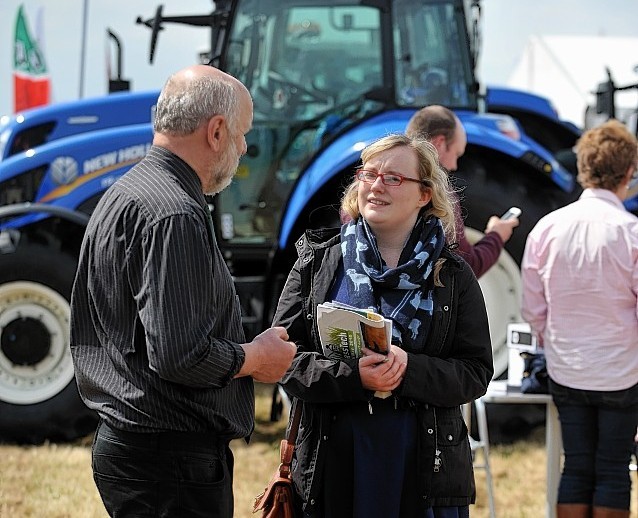The Scottish Government’s decision to ban the cultivation of GM crops really worries me.
I’m not as such worried about the ban itself, but the way the decision was made.
The last time I checked we lived in a democracy where we are asked for our views on major issues.
Consultations are forever being released across all walks of life and farming is no exception.
In the past year we have had consultations on land reform, agricultural holdings legislation, the future of the Scottish Agricultural Wages Board, new measures to prevent bovine TB and much more.
More recently the government has issued a discussion document – code name for yet another consultation – asking for views on where the Scottish agricultural industry wants to be in ten years’ time.
So why did government not consult on the use of a new technology which could benefit our sector?
A few days after Richard Lochhead announced the ban, I bumped into him at the Lairg Lamb Sales.
When asked by the small huddle of agricultural journalists what science had been behind his decision, he failed to give any concrete answer.
Fast forward a few weeks to First Minister’s questions in Holyrood on September 3, Nicola Sturgeon gave a similar non-answer.
She said banning GM would maintain Scotland’s clean and green status.
This view was slammed by leading scientist Professor Anne Glover, who said the technology was among the most rigorously tested in the world.
She argued that banning GM crops could leave our sector old and dirty, as farmers may end up becoming more reliant on pesticides and fertilisers.
Regardless of whether banning GM crops is right or wrong, the government’s decision-making process is fundamentally flawed.
Remaining GM-free might turn out to be the right move, but failure to consult industry and provide proper evidence for the decision to ban the technology is unacceptable.
What other decisions will Scottish Government make without consulting farmers?
Are we on the cusp of a clean and green anti-farming dictatorship?
Let’s hope not.
